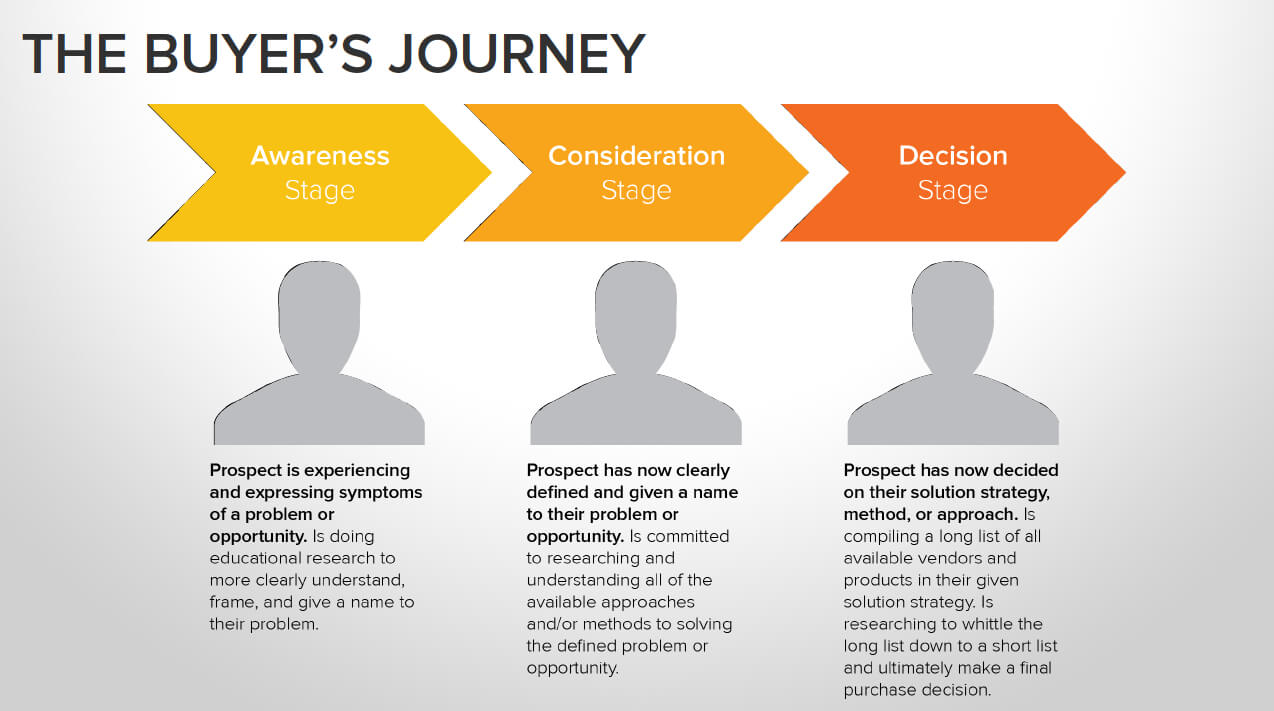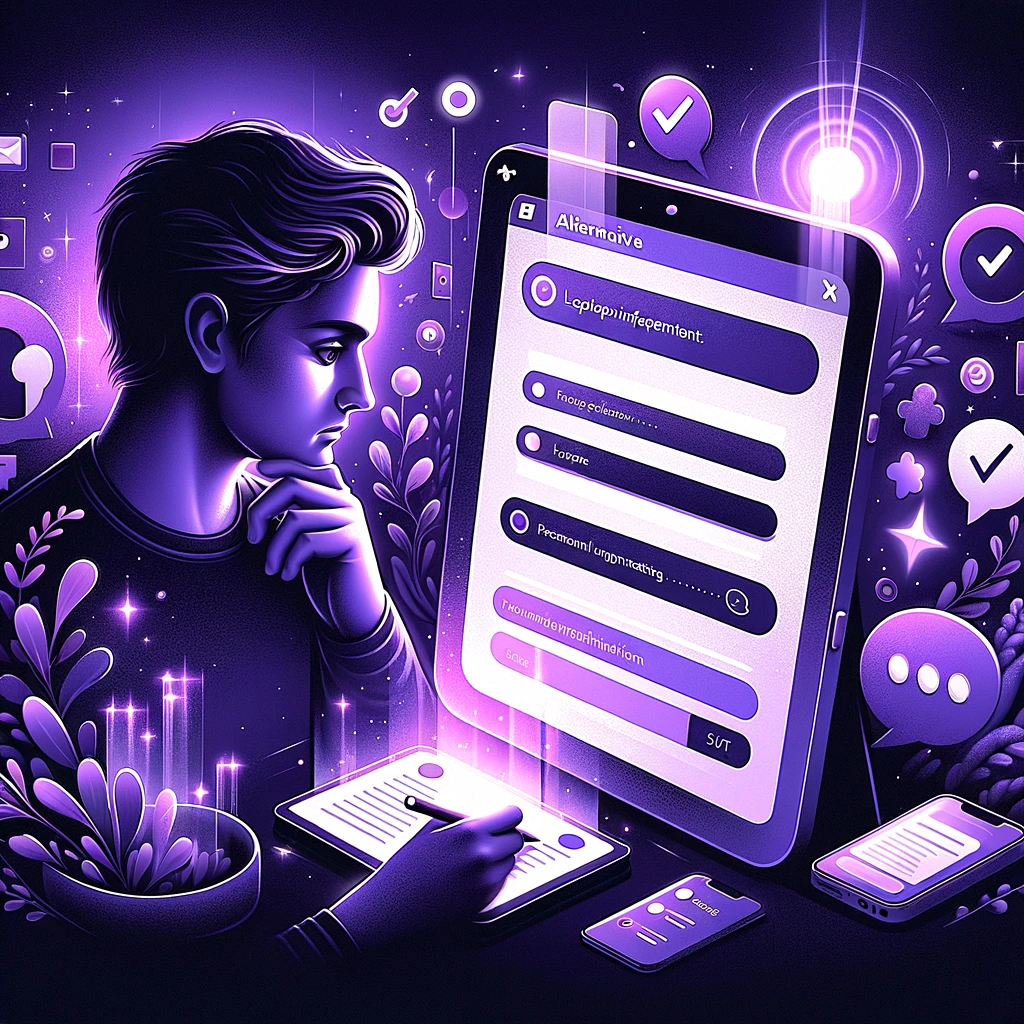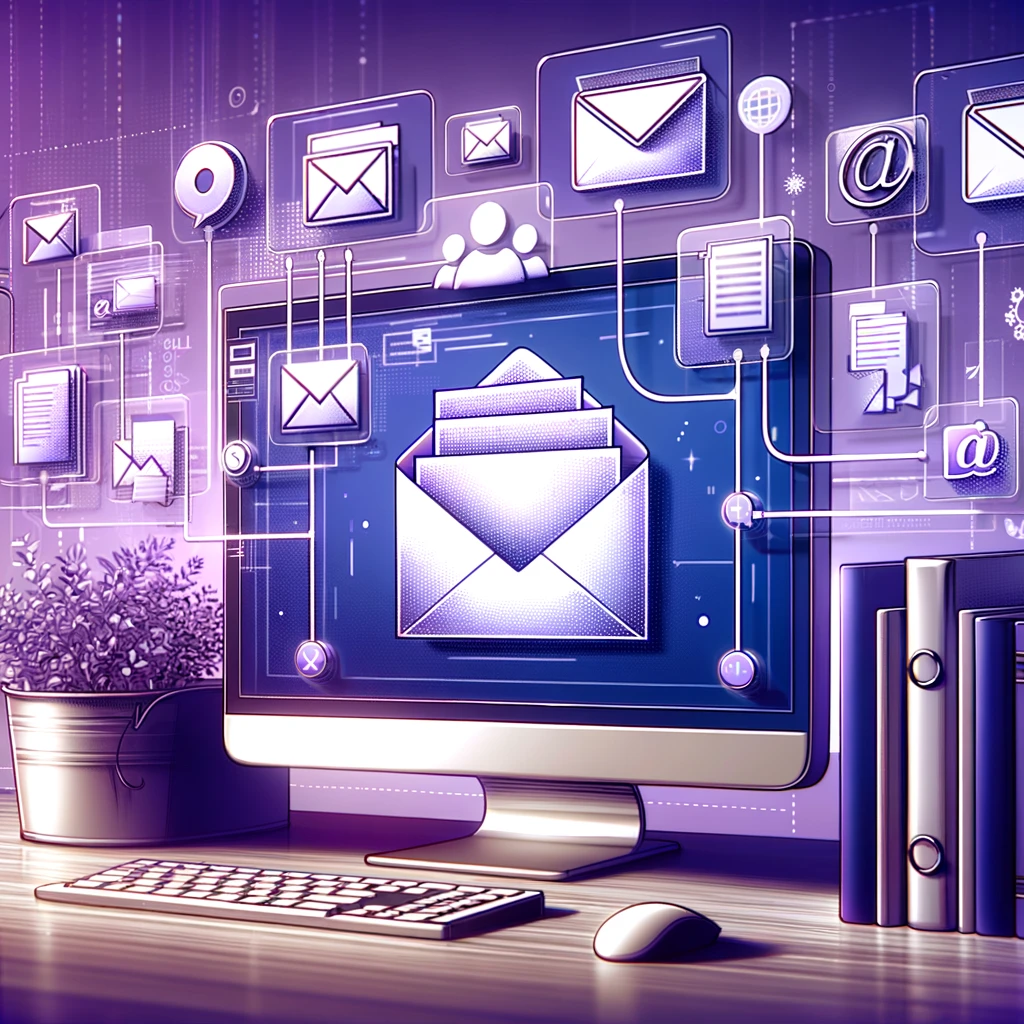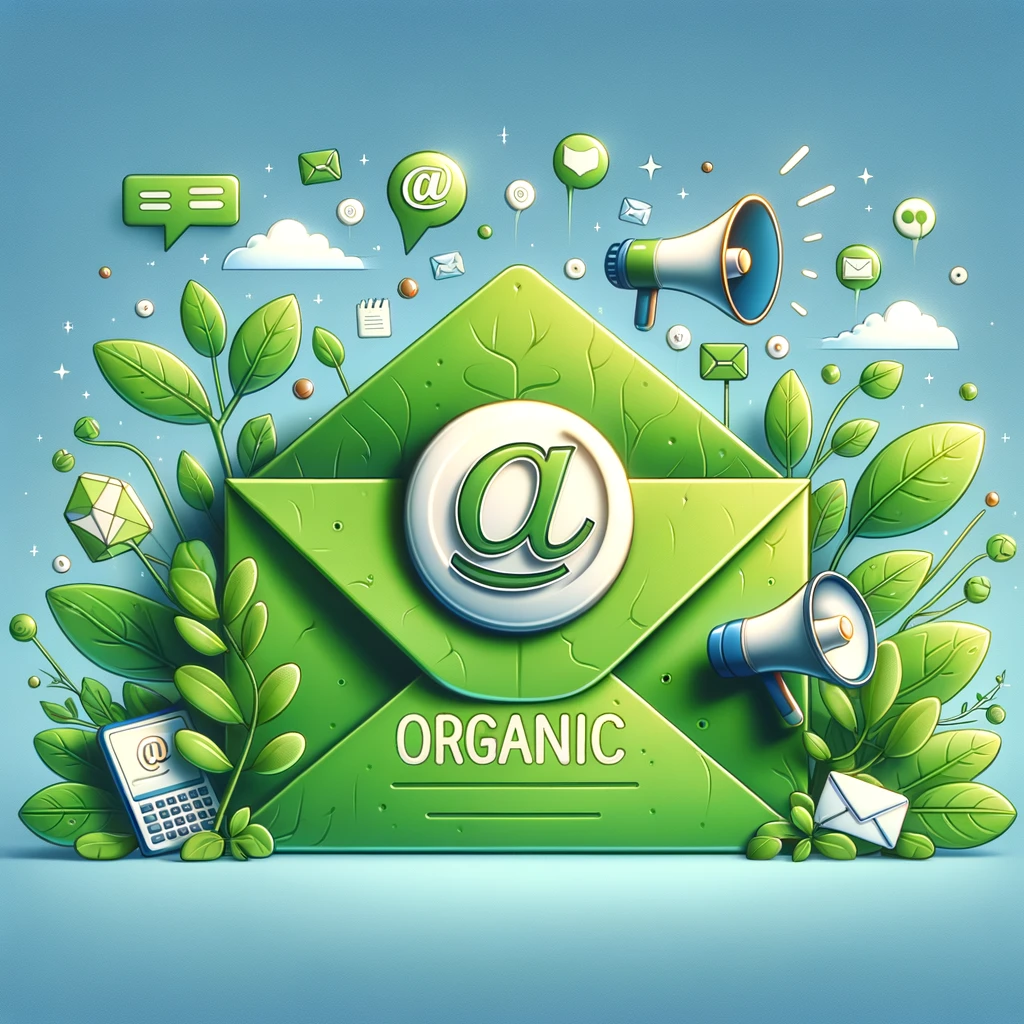
Email marketing funnel: Matching message to buyer journey
What is an email funnel?
Great question. Like a marketing funnel, an email funnel is a method of attracting potential customers and converting them to established customers through email. This method works well because you can control the messages your email recipients receive, unlike social media where content can get lost in the mix or get pushed aside with algorithm updates.
You want the email funnel to match up with the buyer’s journey below. This journey matters because potential customers go through different mindsets before purchasing. By understanding their journey, businesses can more aptly communicate with people where they’re at and give them the information they need to move on to the next stage.

(image courtesy of Mohit)
Why should I care about email marketing funnels?
Other than having control over who gets content, it’s a strong way to communicate with your customers. Even if you don’t convert recipients into customers at the rate you aim for, the information you can glean from analyzing your funnel is priceless. Likely, you won’t have to add anything new to your marketing strategy; it’s just about taking the emails you already send and making a greater impact through the use of funnels.
What are the parts of the funnel?
The email marketing funnel has three broad stages: Attraction, engagement and nurturing. The most important thing is to have strong content across all of these to lead customers through the buyer’s journey with email.
Attraction
This is the widest part of the email sales funnel. It aligns with the awareness stage of the buyer’s journey. It’s where you connect with the widest range of customers by using a certain page or post. On the page, you can include something like an opt-in form to collect their email address. To do this well, you’ll need to have enough traffic and interest to be able to understand which topics people want to learn more about. Then, you’ll be able to craft a compelling reason for readers to trust you with their emails: What can you offer your subscribers that’s valuable? Search engine optimization can help you gain traffic while analyzing that traffic will help you see which content is most popular.
Engagement
Once you’ve attracted people, you’ll want to engage them with compelling content — this aligns to the consideration phase of the buyer’s journey. Since you have their email, you can send them relevant content based on what they’ve expressed interest in. Some ideas are eBooks, blog posts, videos or other information about topics important to them. This is where you should focus on building authority and trust by providing helpful content. You can end your emails with specific calls to action (CTAs) that you want subscribers to take, such as exploring other content from you or engaging with your business in some way.
Nurturing
The final part is where it all comes home. You will persuade your subscribers to purchase, the decision phase of the buyer’s journey. The engagement emails from the previous part of the funnel have helped your business gain trust from the readers who are considering which business to buy from. To drive home that your business is the right choice, you need to continue to share relevant content and connect it with your services. Now’s the time to offer discounts, limited-time promotions, free trails or other incentives for the reader to decide to buy. By having specific CTAs, you can point potential customers in the right direction by getting them to buy something, to donate, or to do whatever the ultimate goal of your business is.
When your email marketing is aligned with the buyer’s journey, you are sure to see conversions that satisfy your business.
Join 140,000 small business owners
© 2018, Lindsey Bakken. All rights reserved.
 SUBSCRIBE
SUBSCRIBE 


